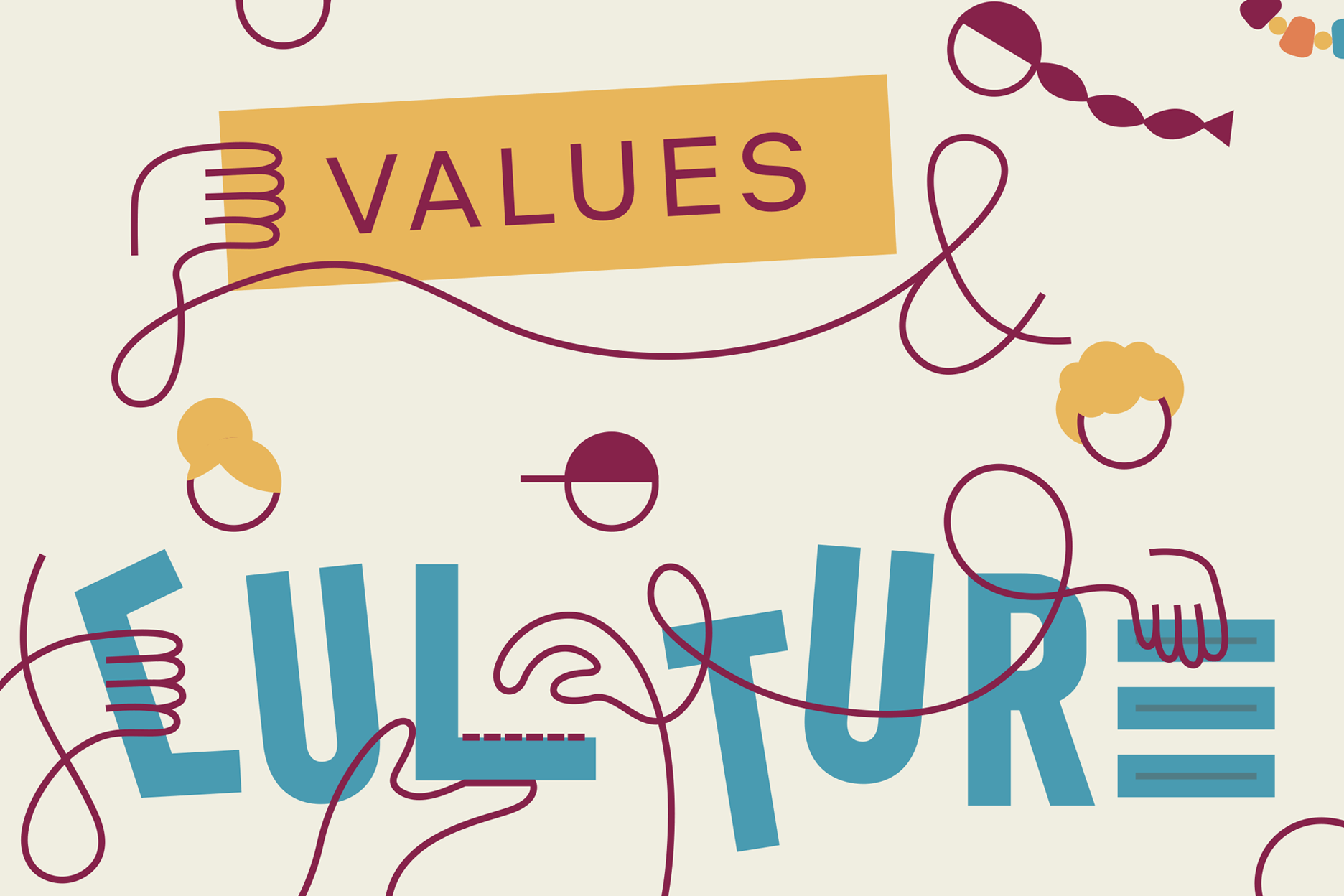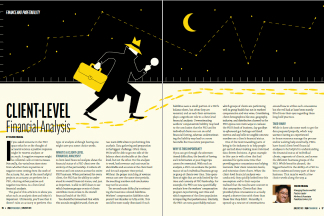STRATEGIC LEADERSHIP PLANNING WITH PEOS TO ACCOMMODATE A DIVERSIFIED WORLD
August 2024


Company leaders must constantly be on the lookout for who’s next in line to keep the business moving forward. They must consider: Who are the best candidates? Where can employees perform better? And how does it make a difference in achieving strategic alignment?
Fortunately, the surge in technology and remote work environments have created a larger pool of talent for employers to recruit from. Companies are expanding beyond their own cities and states, reaching candidates country-wide and beyond, to curate the perfect team to meet their needs.
However, a distributed and diversified workplace faces unique challenges. With five generations of employees all working together, from different areas of the globe, managing a collaborative culture requires a personalized approach.
Therefore, small- and medium-sized business (SMB) leaders are turning to PEOs for guidance on how to best manage employee training and advancement as it relates to DEI, effective communications, and advanced technology. Additionally, they are seeking support when handling the generational adjustment when it comes to mentorship for next-in-line leaders.
Since adaptability is one of the prime advantages PEOs offer, companies can benefit from a partnership to support their overall strategy. By looking at it through the lens of HR, a PEO helps businesses fill in their recruiting and retention gaps by providing them with ways to develop leaders within.
MENTORSHIP IN THE MODERN WORKPLACE
Internal mentorship programs are as diverse as the workplaces they serve. They should be designed with a company’s specific needs and current climate in mind.
Though mentorship is not a new strategy, the core of it has changed. There’s an extra sense of awareness necessary to address cultural differences and sensitivities.
Previously, the age of a person would often coincide with their tenure at a company, automatically making an older employee the mentor to a younger mentee. However, in modern work environments, the focus should be structured to match less experienced employees with seasoned leaders, either within the organization or externally, regardless of age.
This approach instills a sense of camaraderie and promotes a healthy work culture, allowing companies and their employees to collectively benefit. In the short term, prioritizing mentorship and training investments enhances leadership capabilities and empowers employees to continually learn and improve in their roles. Meanwhile, it creates higher job satisfaction, company loyalty, and greater retention rates in the long run.
Due to the advantages, PEOs are called upon by SMB clients to look at both internal and external options, so together, they can come up with tailored, flexible, and growth-driven plans.
DESIGNING A STRATEGIC LEADERSHIP PLAN WITH A PEO
Employees want companies to support a culture of professional development with the potential for advancement. There are many avenues SMBs can take, so it’s best to start small and test what works to glean the best results.
As PEOs, we can offer ideas and inspiration to get businesses started and share best practices for creating an environment where employees feel recognized and fulfilled. Here’s how:
Cross-Department Collaboration
Promote an environment of collaboration across different departments. This is important in breaking down silos, facilitating knowledge sharing, and exposing employees to alternative leadership styles and challenges. It also identifies potential leaders who thrive in group settings versus those who may excel one-on-one.
Customized Training Programs
Top performers still require training on how to effectively guide and support their mentees to ensure a productive relationship. Design or suggest training and development programs with clear objectives, regular check-ins, and feedback processes. External leadership workshops, executive coaching, and seminars on best management practices are often the most effective.
Inclusive Leadership Opportunities
At the same time, ensure there are leadership events and training workshops available for employees of all levels. Provide access to seminars, webinars, and other programs which cover various aspects of leadership, such as emotional intelligence, strategic thinking, conflict resolution, and cross-cultural communication.
Industry Network Connections
Connecting employees with broader networks outside the organization can be particularly impactful for leadership development, as it exposes future leaders to diverse perspectives and practices. It also serves as inspiration for employees to consider new ways to contribute to the company and elevate their roles.
Internal Leadership Roles
Encourage clients to consider areas where employees can take on leadership roles internally, even in a temporary capacity. Options like leading a project, spearheading a new initiative, or participating in cross-functional teams allow employees to develop and demonstrate their capabilities.
Develop A Clear Succession Plan
Identify potential future leaders within the organization and outline the path to higher-level roles. This should include personalized development plans, targeted training, and specific milestones to prepare them for future leadership positions. SMBs must know on every level who is capable of providing the assistance they need to grow and who can step in when there are vacancies.
Working with SMBs to establish clear planning and performance goals ensures leadership development is aligned with the company’s strategic objectives. Regularly assess the effectiveness of implemented solutions through employee surveys and metrics. Then, use insights to refine and adjust programming to meet the evolving demands of the organization.
ALL ROADS LEAD TO HR
Mentorship programs, strategic alignment, and maximizing company growth all directly involve HR. Whether it’s through securing successors to employees who eventually leave the company or retaining valuable talent for longer, HR impacts a SMB’s overall performance and helps them become more sustainable.
Consequently, as PEOs, we should use these same leadership planning strategies for our own internal use to maintain a high level of client service and innovation. SMBs entrust us as advisors to share our HR knowledge, infrastructure, and experience to accommodate their specific needs.
We must constantly level up to stay current on benefit trends, compliance regulations, and all the complexities and nuances attached to HR. Nonetheless, with comprehensive HR services and the flexibility to adapt to the industry landscape, a PEO serves as a competitive advantage as SMBs strive for ongoing success and seek out their next leaders.
-
SHARE
- Copy to clipboard




